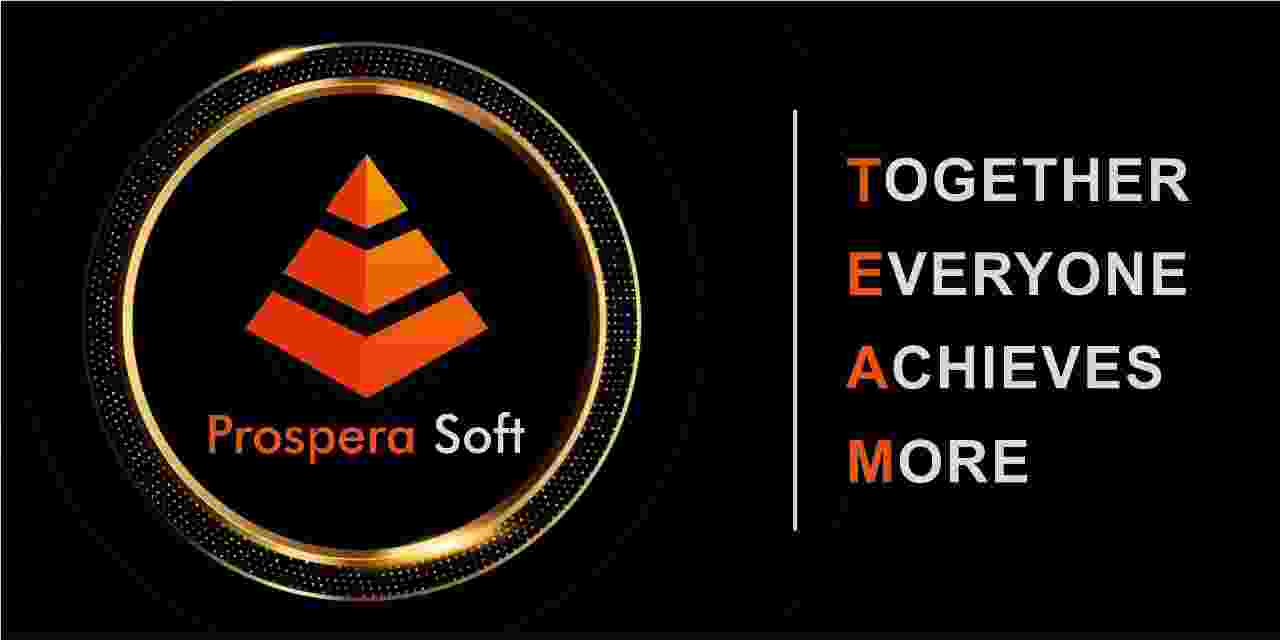Understanding Node.js and Modules
Node.js is a powerful runtime environment that allows developers to execute JavaScript server-side. A key feature of Node.js is its module system, which lets developers organize their code into reusable components. This modular structure not only helps keep your code clean and manageable, but also allows you to leverage external libraries for added functionality.
Benefits of Using Modules
- Modularity: Break down complex applications into smaller, manageable parts.
- Reusability: Share and reuse code across multiple projects.
- Maintainability: Simplify updates and debugging processes.
How to Install External Libraries
Before you require any external library in your Node.js application, you'll need to install it. The most common way to manage packages in Node.js is by using npm (Node Package Manager), which simplifies the process of downloading and updating libraries.
Steps to Install Libraries
- Open your terminal.
- Navigate to your project directory.
- Run the command: npm install
.
Using `require` to Import Libraries
Once the library is installed, you can include it in your JavaScript files using the `require` function. This function loads the library into your module, making its features available for use.
Example of Requiring a Library
const express = require('express');
const app = express();
Best Practices for Requiring Modules
When requiring external libraries, it's crucial to follow best practices to maintain code clarity and prevent potential errors. Proper organization and clear naming conventions enhance readability and usability.
Best Practices Include
- Keep `require` statements at the top of your files.
- Use descriptive variable names for your imported modules.
- Only require libraries you need to prevent bloat.
Debugging Module Imports
While working with external libraries, you may encounter issues related to module importing. Debugging these problems can sometimes be challenging. Common errors include missing modules or incorrect paths in your `require` statements.
Tips for Effective Debugging
- Double-check library installation using `npm list`.
- Ensure the correct path is specified in your require statement.
- Review the documentation for any configuration settings.
Creating Your Own Module
In addition to using external libraries, you can create your own modules. This makes your code even more organized and reusable. Simply export key functionalities from your module and require them where needed.
Creating a Simple Module
function greet(name) {
return `Hello, ${name}!`;
}
module.exports = greet;
Commonly Used External Libraries
There are numerous external libraries in the Node.js ecosystem that provide various functionalities. Some libraries are essential for web development, while others focus on data manipulation and more.
Popular Libraries to Explore
- Express: A minimal and flexible Node.js web application framework.
- Lodash: A modern utility library delivering modular functions.
- Moment.js: A library for parsing, validating, manipulating, and displaying dates and times.
Conclusion
Including external libraries by requiring modules in Node.js is a fundamental skill for any JavaScript developer. Not only does it extend the capabilities of your applications, but it also fosters efficient and organized coding practices. By mastering these techniques, you set the foundation for building robust, high-quality applications.
Just get in touch with us and we can discuss how ProsperaSoft can contribute in your success
LET’S CREATE REVOLUTIONARY SOLUTIONS, TOGETHER.
Thanks for reaching out! Our Experts will reach out to you shortly.




